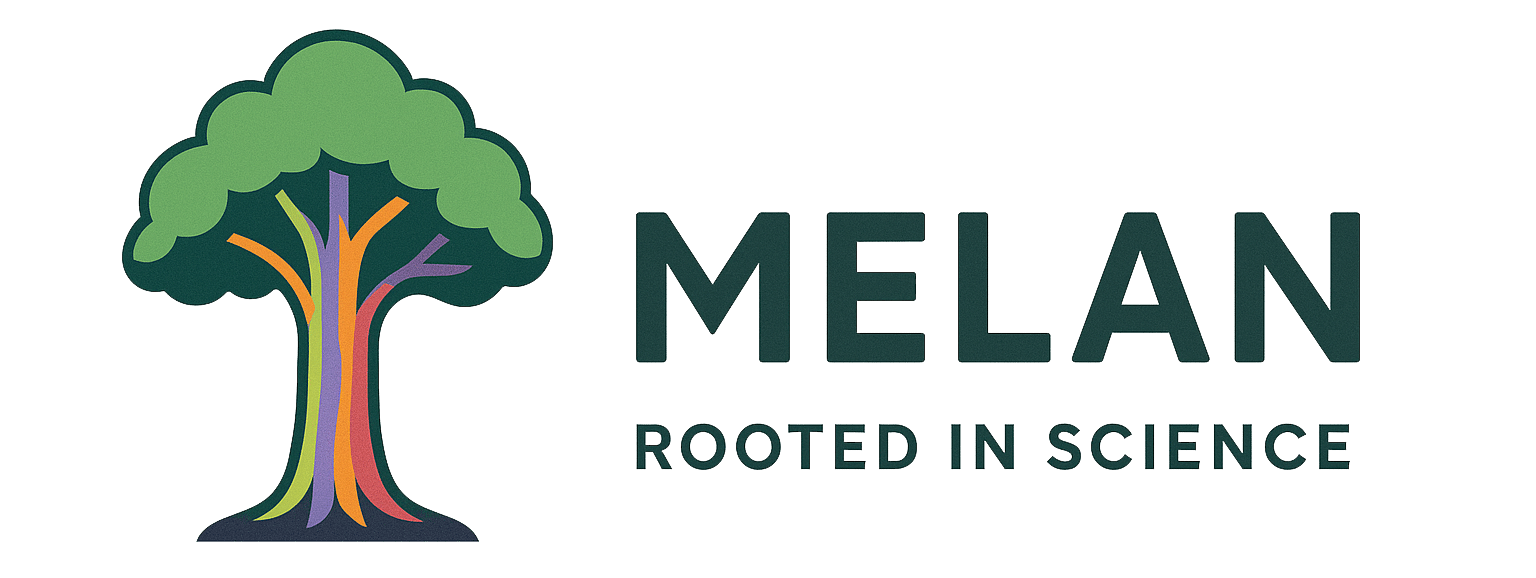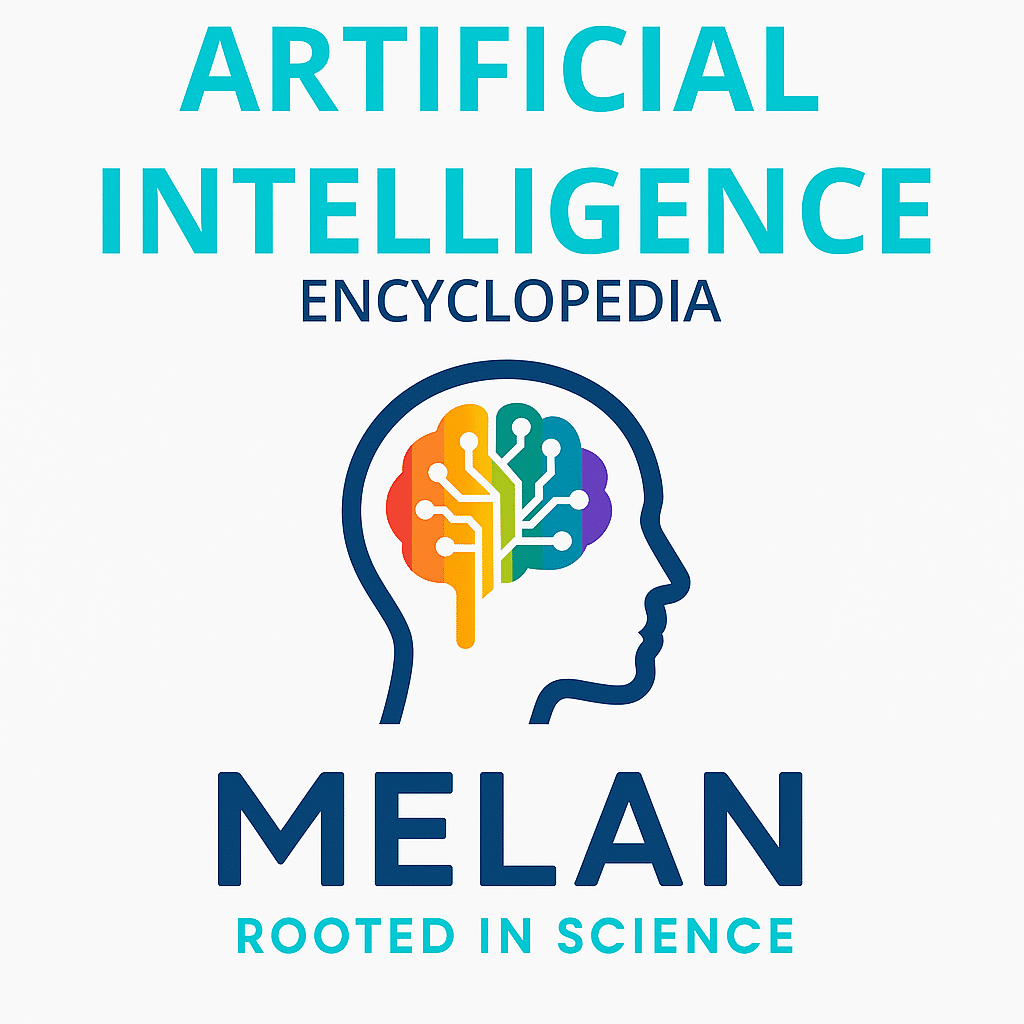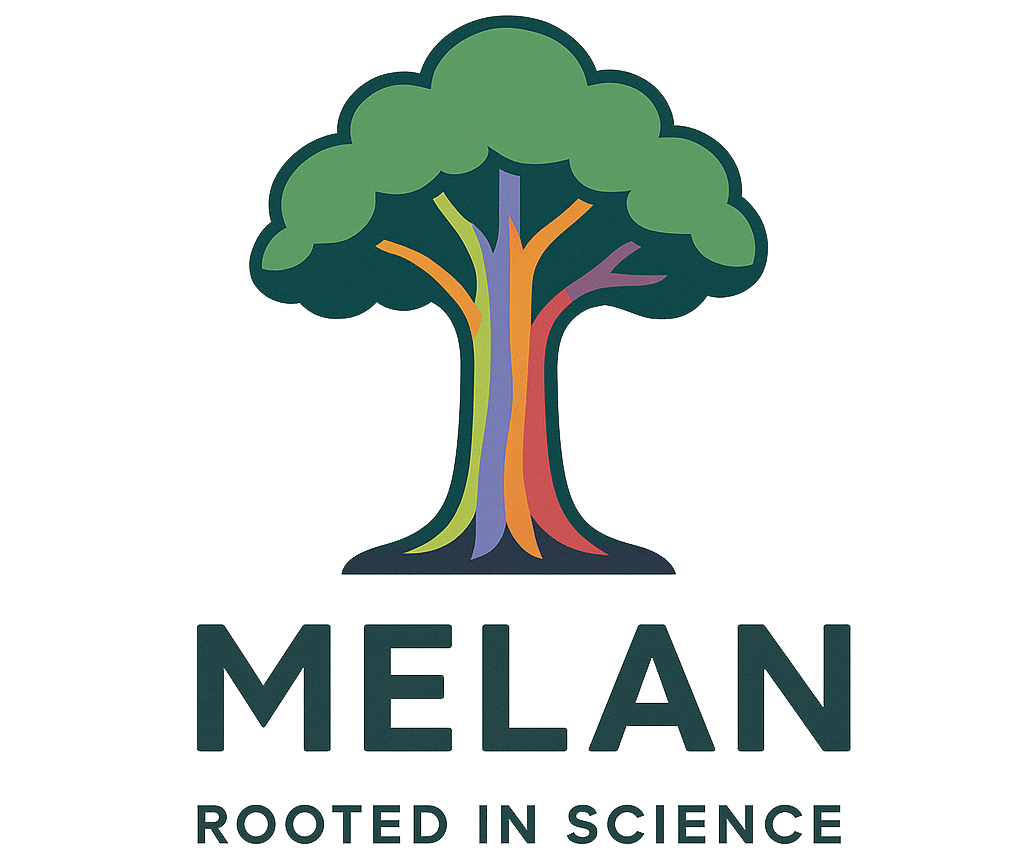Optimization refers to the mathematical and computational process of finding the best solution from a set of possible alternatives, typically by minimizing or maximizing an objective function subject to constraints. In artificial intelligence and machine learning, optimization algorithms are fundamental for training models, tuning parameters, and improving system performance, enabling everything from neural network training through gradient descent to resource allocation in autonomous systems and strategic decision-making in complex environments.
Optimization
|
|
|---|---|
| Category | Mathematics, Computer Science |
| Subfield | Operations Research, Machine Learning, Applied Mathematics |
| Key Methods | Gradient Descent, Evolutionary Algorithms, Linear Programming |
| Problem Types | Convex, Non-convex, Constrained, Multi-objective |
| Primary Applications | Model Training, Resource Allocation, Decision Making |
| Sources: Convex Optimization Textbook, Journal of Machine Learning Research, Operations Research Journal | |
Other Names
Mathematical Programming, Operations Research, Decision Science, Parameter Tuning, Function Minimization, Constraint Satisfaction, Resource Optimization, Performance Maximization
History and Development
Optimization has ancient roots in problems like finding shortest paths and optimal resource allocation, but modern optimization theory began in the 17th century with Pierre de Fermat’s work on finding maxima and minima using calculus. The field expanded significantly during World War II when operations research teams developed linear programming and other techniques to optimize military logistics and strategy, with George Dantzig’s simplex algorithm in 1947 becoming a cornerstone of optimization theory.
The computer age brought new algorithmic approaches including gradient descent methods refined by researchers like Cauchy and later applied to neural networks, evolutionary algorithms inspired by biological processes, and metaheuristic approaches like simulated annealing. Modern optimization gained prominence with the rise of machine learning, where gradient-based methods like backpropagation enable training of complex neural networks, while advanced techniques like Adam optimization and natural gradient methods continue to improve the efficiency and effectiveness of AI system training.
How Optimization Works
Optimization algorithms systematically search through a space of possible solutions to find configurations that best satisfy specified objectives, typically by defining an objective function that quantifies solution quality and using mathematical techniques to navigate toward optimal values. Gradient-based methods calculate derivatives to determine the direction of steepest improvement and iteratively update parameters in that direction, while evolutionary algorithms mimic natural selection by maintaining populations of candidate solutions and evolving them over generations.
Constrained optimization incorporates additional requirements or limitations that solutions must satisfy, using techniques like Lagrange multipliers or penalty methods to balance objective optimization with constraint satisfaction. The choice of optimization algorithm depends on problem characteristics such as whether the objective function is smooth, whether constraints exist, the dimensionality of the search space, and computational requirements, with different methods offering trade-offs between solution quality, computational efficiency, and convergence guarantees.
Variations of Optimization
Convex Optimization
Mathematical optimization problems where the objective function and constraints have special mathematical properties that guarantee global optima, enabling efficient algorithms with provable convergence and solution quality.
Evolutionary and Metaheuristic Optimization
Bio-inspired algorithms that use techniques like genetic algorithms, particle swarm optimization, and simulated annealing to search complex solution spaces without requiring gradient information.
Multi-objective Optimization
Problems involving multiple conflicting objectives that require finding trade-off solutions, commonly used in engineering design, resource allocation, and decision-making under competing priorities.
Real-World Applications
Optimization drives machine learning model training where algorithms like gradient descent minimize prediction errors by adjusting millions of parameters in neural networks, enabling breakthrough performance in computer vision, natural language processing, and other AI applications. Supply chain and logistics companies use optimization to minimize costs and maximize efficiency in routing, inventory management, and resource allocation, saving billions of dollars through intelligent optimization of complex operational decisions.
Financial institutions employ optimization for portfolio management, risk assessment, and algorithmic trading, balancing return maximization with risk constraints to optimize investment strategies. Manufacturing systems use optimization for production scheduling, quality control, and energy management, improving efficiency and reducing waste through optimal resource allocation and process parameters. Healthcare organizations apply optimization for treatment planning, staff scheduling, and resource allocation, improving patient outcomes while optimizing operational efficiency and decision-making processes.
Optimization Benefits
Optimization provides systematic, mathematical approaches to finding the best solutions among vast numbers of alternatives, enabling better decision-making and resource utilization across diverse applications and industries. It enables automation of complex decision processes that would be impossible for humans to solve manually, processing enormous solution spaces and multiple constraints simultaneously to identify optimal configurations.
Optimization algorithms can adapt to changing conditions and learn from experience, particularly in machine learning applications where they continuously improve model performance through iterative parameter updates. The mathematical rigor of optimization theory provides theoretical guarantees about solution quality and convergence properties, enabling reliable deployment in critical applications where predictable performance is essential. Modern optimization techniques scale effectively to very large problems with millions or billions of variables, making it possible to optimize complex systems like neural networks, transportation networks, and industrial processes that were previously intractable.
Risks and Limitations
Local Optima and Convergence Issues
Many optimization algorithms can become trapped in local optima that represent good but not globally optimal solutions, particularly in non-convex problems with complex solution landscapes. This limitation can lead to suboptimal performance in machine learning models and poor decisions in business applications where finding the true optimum is critical for competitive advantage or safety.
Computational Complexity and Scalability
Large-scale optimization problems often require enormous computational resources and may be intractable for real-time applications, creating trade-offs between solution quality and computational efficiency. Some optimization problems are NP-hard, meaning no known algorithm can solve them efficiently for all instances, requiring approximation methods that may sacrifice optimality.
Sensitivity to Problem Formulation
Optimization results depend critically on how problems are formulated, including objective function design, constraint specification, and parameter selection, which can significantly affect solution quality and may require domain expertise to define appropriately. Poor problem formulation can lead to solutions that are mathematically optimal but practically useless or even harmful.
Robustness and Uncertainty Handling
Traditional optimization methods often assume perfect information and deterministic environments, but real-world problems involve uncertainty, noise, and changing conditions that can make optimal solutions fragile or inappropriate. Robust optimization techniques that handle uncertainty are more complex and computationally expensive than traditional methods.
Validation and Safety in Critical Applications
Optimization algorithms deployed in safety-critical systems like autonomous vehicles, medical devices, and industrial control systems require extensive validation to ensure reliable performance under diverse conditions. Regulatory frameworks increasingly require formal verification of optimization algorithms used in critical applications, while professional standards evolve to address ethical use of optimization in decision-making systems. These challenges stem from legal pressure following accidents involving optimization algorithm failures in automated systems, market demands for reliable and predictable optimization performance, reputation management after high-profile algorithmic failures, and investor concerns about liability and safety in AI-powered optimization systems.
Standards Development and Professional Guidelines
Engineering organizations, mathematical societies, and regulatory bodies work to establish standards for optimization algorithm validation and testing, while professional associations develop guidelines for responsible optimization in various domains. Academic institutions and research organizations focus on developing robust optimization methods and verification techniques for safety-critical applications.
The intended outcomes include improving the reliability and safety of optimization algorithms in practical applications, establishing validation methods for complex optimization systems, developing robust techniques that handle uncertainty and constraints appropriately, and ensuring optimization benefits society while minimizing potential risks. Initial evidence shows increased focus on robust optimization research, development of verification methods for optimization algorithms, growing awareness of optimization limitations in safety-critical applications, and establishment of professional guidelines for optimization in automated decision-making systems.
Current Debates
Global vs. Local Optimization Trade-offs
Researchers debate the practical importance of finding globally optimal solutions versus accepting high-quality local optima, weighing the computational costs of global optimization against the benefits of guaranteed optimality in different application domains.
Gradient-Based vs. Gradient-Free Methods
Optimization practitioners argue about the relative merits of gradient-based methods that require smooth objective functions versus evolutionary and other gradient-free approaches that can handle discrete and noisy optimization problems.
Single-Objective vs. Multi-Objective Optimization
Scientists disagree about whether to simplify complex problems into single-objective optimization through weighted combinations or explicitly handle multiple objectives using Pareto optimization and other multi-objective techniques.
Deterministic vs. Stochastic Optimization
Researchers debate optimal approaches for handling uncertainty and randomness in optimization problems, comparing deterministic robust optimization against stochastic programming and other probabilistic methods.
Automated vs. Expert-Guided Optimization
The field is divided between fully automated optimization systems and approaches that incorporate human expertise and domain knowledge, balancing algorithmic efficiency against the value of human insight and problem understanding.
Media Depictions of Optimization
Movies
- A Beautiful Mind (2001): John Nash’s (Russell Crowe) work on game theory and equilibrium concepts demonstrates optimization principles in competitive scenarios and strategic decision-making
- Moneyball (2011): Billy Beane’s (Brad Pitt) statistical approach to team building represents optimization of player selection under budget constraints to maximize team performance
- The Imitation Game (2014): Alan Turing’s (Benedict Cumberbatch) codebreaking strategies involve optimization techniques to efficiently search through possible decryption keys
- Hidden Figures (2016): The mathematical calculations for orbital mechanics represent optimization problems in trajectory planning and resource allocation for space missions
TV Shows
- Numb3rs (2005-2010): Charlie Eppes (David Krumholtz) frequently uses optimization techniques to solve crimes, from route optimization to resource allocation and pattern matching
- Silicon Valley (2014-2019): The show’s portrayal of algorithm development and performance optimization reflects real-world challenges in computational optimization and system efficiency
- The West Wing (1999-2006): Political decision-making scenarios often involve optimization under constraints, balancing competing objectives and limited resources
- Person of Interest (2011-2016): The Machine’s predictive algorithms represent optimization of threat detection and resource allocation for crime prevention
Books
- Algorithms to Live By (2016) by Brian Christian and Tom Griffiths: Explores how optimization principles from computer science apply to everyday decision-making and life choices
- The Signal and the Noise (2012) by Nate Silver: Discusses optimization in prediction and forecasting, balancing model complexity against accuracy and overfitting
- Thinking, Fast and Slow (2011) by Daniel Kahneman: Examines human decision-making processes that often deviate from optimal choices, contrasting with algorithmic optimization
- The Art of Computer Programming by Donald Knuth: Comprehensive treatment of algorithms including optimization techniques and their mathematical foundations
Games and Interactive Media
- Civilization series (1991-present): Strategy games that require players to optimize resource allocation, technology development, and strategic decisions across multiple competing objectives
- SimCity series (1989-present): Urban planning simulation that involves optimization of city layout, resource distribution, and infrastructure development under various constraints
- Factorio (2020): Industrial simulation game focused on optimization of production chains, resource flows, and factory layouts for maximum efficiency
- Optimization Software: Professional tools like MATLAB, Gurobi, and CPLEX provide interactive environments for solving complex optimization problems across various domains
Research Landscape
Current research focuses on developing optimization algorithms that can handle increasingly large-scale problems with billions of variables, using techniques like distributed computing, parallel processing, and specialized hardware acceleration. Scientists are working on robust optimization methods that maintain performance under uncertainty and changing conditions, incorporating stochastic elements and adaptive strategies.
Advanced techniques combine optimization with machine learning to create meta-optimization approaches that can automatically select and tune optimization algorithms for specific problem types. Emerging research areas include quantum optimization that leverages quantum computing properties, neural architecture search that optimizes the design of neural networks themselves, and multi-agent optimization systems where multiple autonomous agents collaborate to solve complex distributed optimization problems.
Selected Publications
- Determining sex differences in aortic valve myofibroblast responses to drug combinations identified using a digital medicine platform
- High-speed control and navigation for quadrupedal robots on complex and discrete terrain
- Gradual labeling with fluorogenic probes: A general method for MINFLUX imaging and tracking
Frequently Asked Questions
What is optimization?
Optimization is the process of finding the best solution from all possible alternatives, typically by maximizing benefits or minimizing costs while satisfying constraints and requirements.
How is optimization used in machine learning?
Machine learning uses optimization algorithms like gradient descent to train models by adjusting parameters to minimize prediction errors, enabling neural networks and other AI systems to learn from data.
What’s the difference between local and global optimization?
Local optimization finds the best solution in a nearby region, while global optimization seeks the absolute best solution across the entire search space, which is more difficult but potentially more valuable.
Why do optimization algorithms sometimes get stuck in local optima?
Complex optimization problems often have multiple peaks and valleys in their solution landscapes, and algorithms can get trapped in locally good solutions without finding the globally optimal solution.
What are the main challenges in real-world optimization?
Key challenges include handling uncertainty and changing conditions, scaling to very large problems, balancing multiple competing objectives, ensuring solutions are robust and practical, and validating algorithm performance in critical applications.


